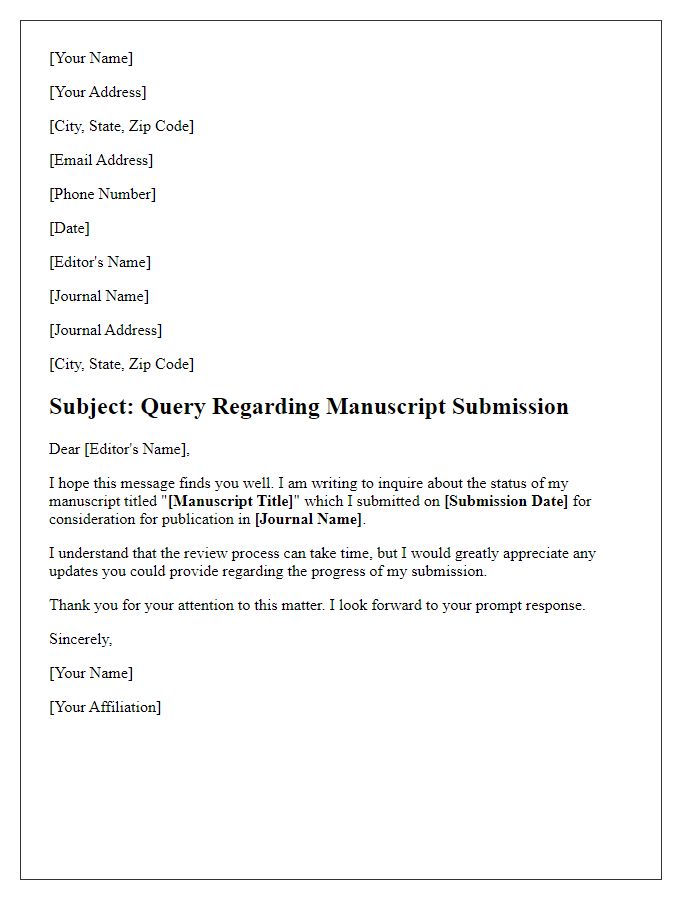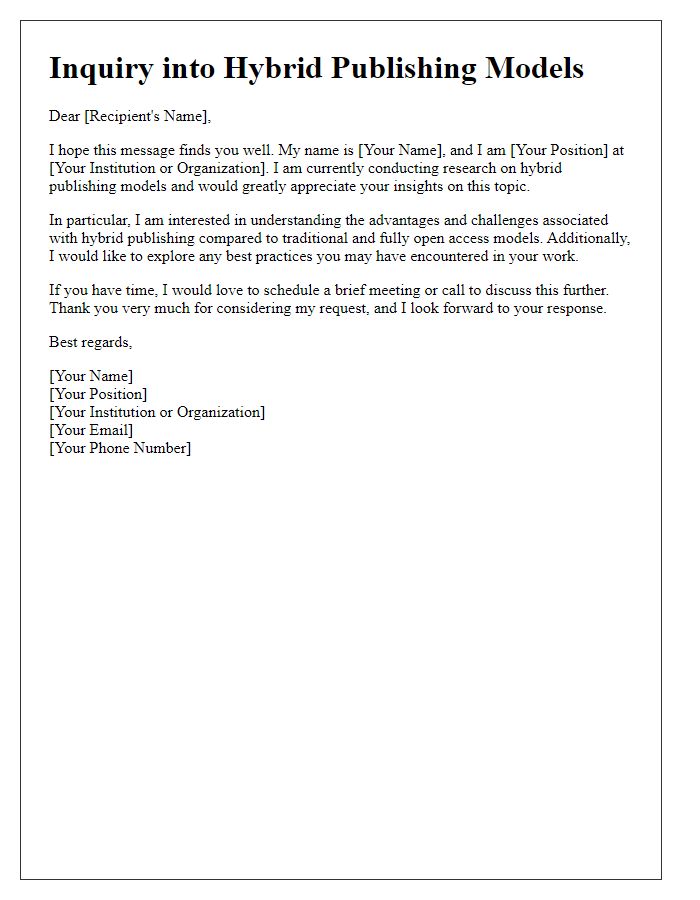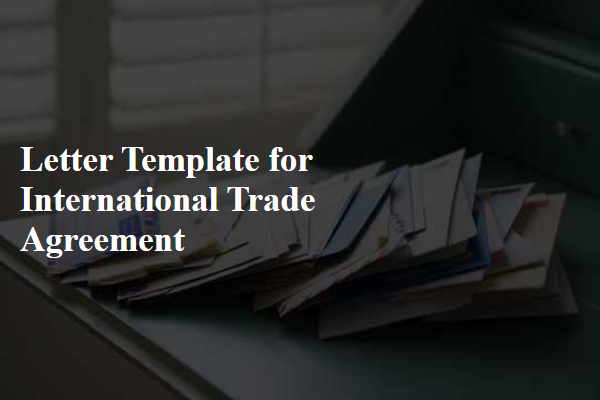Are you an aspiring author looking to get your book published? Navigating the world of publishing can be overwhelming, but you're not alone in this journey. Understanding how to approach publishers with a compelling letter can make all the difference in securing that coveted book deal. So, pull up a chair and join us as we explore the essential elements of a successful book publication inquiry!

Contact Information
Contact information for book publication inquiries typically includes essential details. An author's full name, for instance, establishes identity in the publishing industry. A professional email address, such as name@email.com, facilitates direct communication. A telephone number, preferred format including country code, provides an alternative contact method. Mailing address ensures physical correspondence can occur if necessary--often including street address, city, state, and postal code. Additionally, including a website link or social media profiles can enhance visibility and showcase existing work or professional portfolios to potential publishers.
Introduction and Purpose
In the competitive world of literature, authorial intentions are pivotal in defining the essence of a book. Writers often pursue publication to disseminate their works to a broader audience, impacting public discourse through themes and narratives. The introduction section introduces key elements, such as the genre, target readership, and overarching themes, setting the stage for understanding the book's significance. Inquiries about book publication typically aim to establish connections with literary agents, publishers, and editorial boards to secure representation or distribution opportunities, vital in navigating the intricate publishing landscape, often dominated by notable events like literary fairs and award competitions that can influence a book's reception and success in the market.
Manuscript Overview
A manuscript overview details a literary work's central theme, characters, and plot. This overview serves as a critical tool in the publishing process, particularly for the submission of non-fiction works such as academic texts or personal memoirs. Specific elements include the genre, word count (typically ranging from 70,000 to 100,000 words), and target audience demographics (age, interests). Additionally, comprehensive summaries of pivotal chapters or sections can highlight the manuscript's structure and flow. For instance, the first chapter may introduce the protagonist and their initial conflict, while subsequent chapters explore key events, character development, and overarching themes such as resilience or identity. Including comparative titles aids publishers in understanding the manuscript's position within the marketplace, providing context for potential sales and readership appeal.
Target Audience and Market
Target audience analysis is crucial for any book publication inquiry, especially in the literary market. Identifying demographics such as age, gender, and interests allows publishers to tailor marketing strategies effectively. For instance, a young adult fantasy novel often appeals to readers aged 12-18, driven by themes of adventure, identity, and friendship. On the other hand, a historical fiction work may attract adults aged 25-45, with interests in history, culture, and deep character development. Understanding the market landscape, including trends like the rise of self-publishing platforms and the impact of social media on book promotions, is essential for positioning a title effectively. Engaging with niche markets, such as eco-fiction or mental health memoirs, can also create unique opportunities for reaching specific audiences and generating buzz.
Call to Action and Follow-up
Publishing a book requires effective communication with literary agents or publishers. A compelling inquiry should highlight book details, such as title and genre, alongside the author's credentials and previous works. Publishers such as Penguin Random House or HarperCollins typically appreciate a concise summary of the book's unique selling points and target audience. Providing a clear call to action encourages recipients to respond, while a follow-up process after a few weeks demonstrates diligence and professionalism. Notably, including contact details ensures that the exchange remains efficient and organized, fostering a better chance of establishing a publishing partnership.













Comments